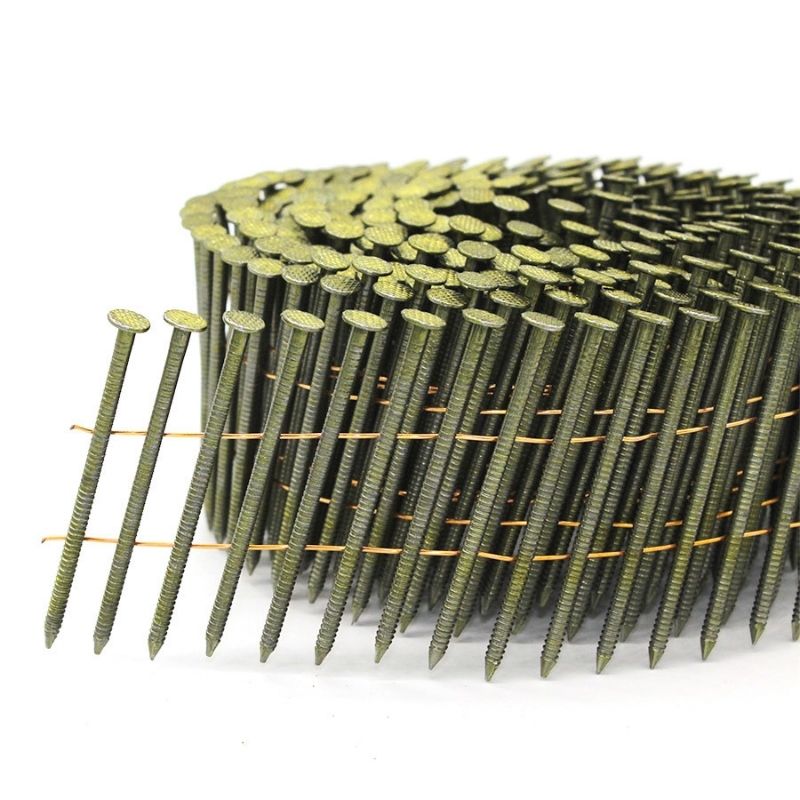Coil nails are specialized fasteners that are widely used in a variety of construction and carpentry applications. These nails are usually made of steel, wound in coils and then loaded into pneumatic nail guns for efficient and fast installation. The unique design of coil nails offers a number of advantages that make them ideally suited to specific tasks in the construction industry.
Framing
One of the main areas of application for coil nails is framing. When constructing wooden structures such as houses, buildings or wooden decks, coil nails are often used to hold framing components together. These nails can be nailed into the wood quickly and consistently with a nail gun. This makes coil nails the preferred choice of framing carpenters. The coil nail format allows for a large number of nails to be loaded into the nail gun at once, reducing the number of times nails are loaded and increasing overall efficiency.

Roofing
Roofing is another area where coil nails play an important role. Roofing professionals use these nails to secure shingles, felt paper and other roofing materials to the underlying structure. In this case, the high-speed application of coil nails is particularly beneficial. This is because it allows roofers to work faster and cover a larger area in less time.
Siding and sheathing
Additionally, coil nails can be used to install siding and sheathing. They provide a safe and reliable method of securing these materials to the exterior of a building. The roll nailing format ensures that contractors can continue working without having to frequently interrupt the job to re-nail.
Fencing
The versatility of coil nails also extends to fencing. Fencing installations often require a large number of nails to hold the various components together, and coil nails excel in this regard. Whether you’re fixing a wooden fence to a rail or a fence panel to a post, coil nails provide a time-saving, reliable solution.
In short, for tasks that require fast, secure fixing of materials, coil nails are an indispensable tool in the construction industry. Their use in framing, roofing, siding and fencing demonstrates their versatility and efficiency in a variety of applications, making them a staple tool for professionals in the construction and carpentry fields.







